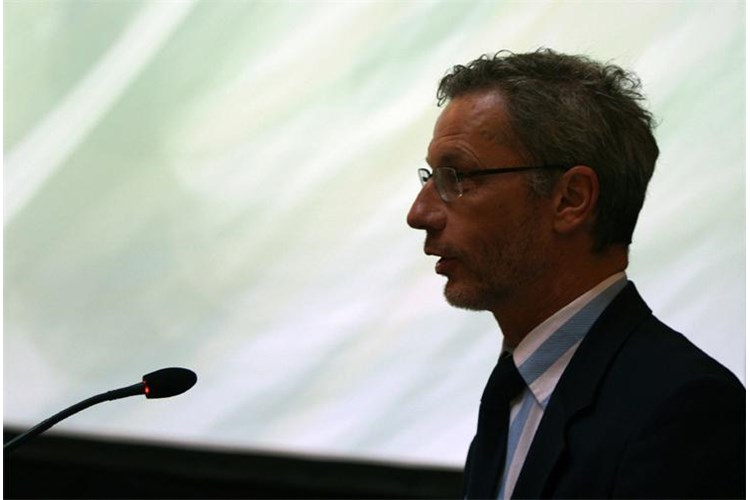Economic growth in Croatia will accelerate to 1.8 percent in 2016, mainly thanks to the export of goods and services, but also a more dynamic personal consumption, which reflects the continued recovery of the labour market, slower deleveraging and stronger consumer optimism, the Croatian National Bank (HNB) said on Wednesday.
The central bank predicts that this year's economic growth will reach 1.7%. In earlier forecasts, it predicted a 1.2% growth this year and 1.5% the next.
"In the fourth quarter we expect a relatively high GDP growth of 2.3% and the main factor of that growth, as until now, is the growth in the export of goods and services and personal consumption," HNB governor Boris Vujcic said.
It is believed that the European Central Bank will leave the interest rate unchanged and that FED will start gradually increasing it, which could impact borrowing markets, primarily for emerging markets such as Croatia, he added.
He said the difference in the return on the Croatian debt and the debt of emerging European markets was above 1.5 percentage points. "Further movements in the difference in those returns will depend on the performance of Croatia's economy in 2016 and the market's initial perception of what the new government will do."
The HNB said there was headway on the labour market this year and that in 2016 it expected employment growth to intensify mildly and unemployment to continue decreasing.
This year the HNB expects deflation of 0.4% and a return to inflation, of 0.9%, in 2016. The current account surplus is expected to increase from last year's 0.8% of GDP to this year's 4.8% and 2.7% of GDP in 2016. Vujcic said that if Swiss franc loans were not converted into euros, the surplus would be 3.5pp lower.
Nominal interest rates for most corporate and household loans are continuing to gradually decline, while sovereign domestic borrowing costs remain low. "The population sector is continuing to deleverage, despite the recovery in personal consumption," Vujcic said. Lending is expected to stagnate in 2016.
The monetary policy remains expansive and the HNB has undertaken various measures to intervene on the monetary market and stabilise the situation after the CHF loan conversion. "The structural surplus of liquidity on the market is again at eight to nine billion kuna, which is nearly three times the amount in the euro area," Vujcic said.
He said demand for kuna-denominated loans had increased, "at least in part from the lesson learned regarding Swiss franc loans."
The HNB forecasts that the general government deficit could drop to 5% of GDP this year from 5.6% in 2014, while the general government debt could reach 86.5% of GDP at the end of this year.
The central bank is cautious about making forecasts for 2016 before seeing the new government's budget. However, Vujcic said the snowballing effect on public finance remained dominant because the GDP growth rate was lower than the average interest on the public debt, causing it to continue to grow.
"To stop the snowballing effect, stronger fiscal adjustment is necessary," Vujcic said, adding that Croatia must generate a primary budgetary surplus of HRK 4.5 billion annually over two years.
(EUR 1 = HRK 7.6)
(Text and photo: HINA)
News |
Statistike |
Economy


